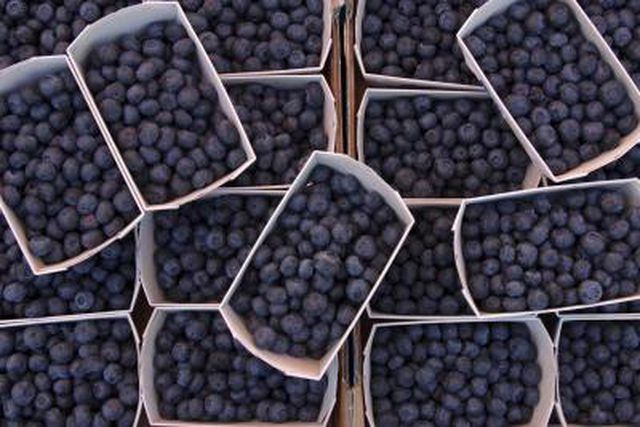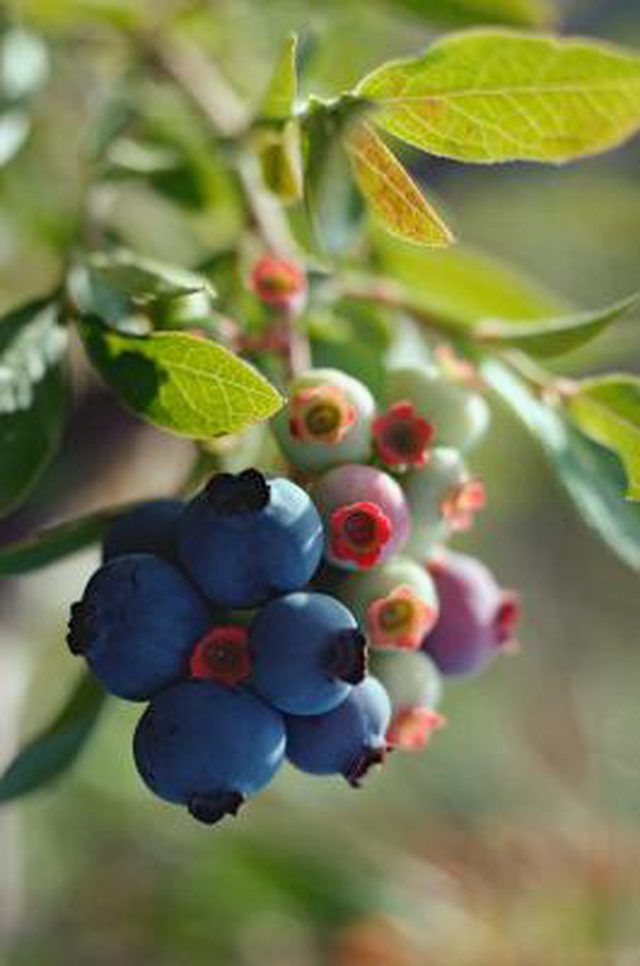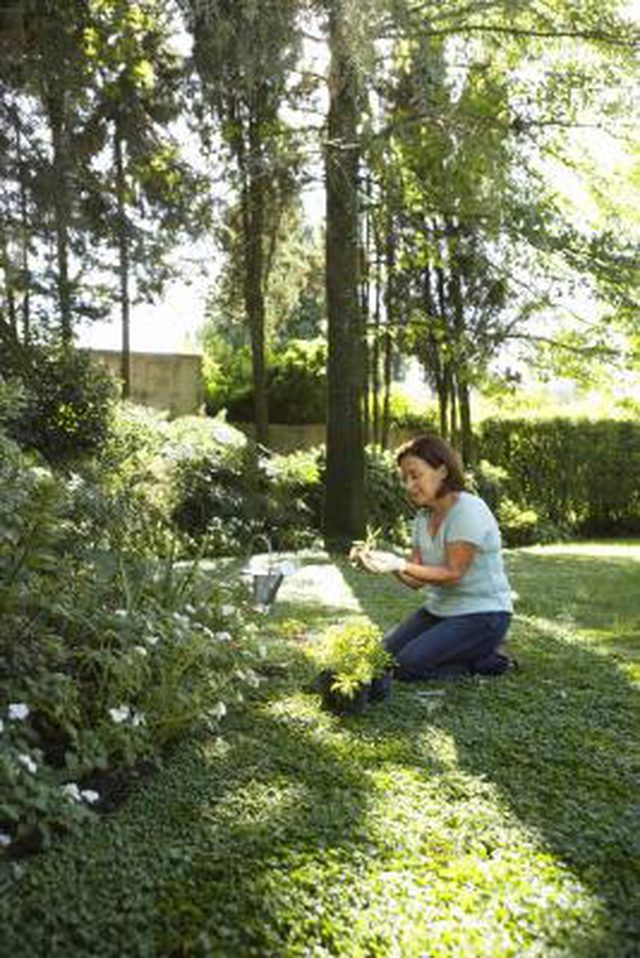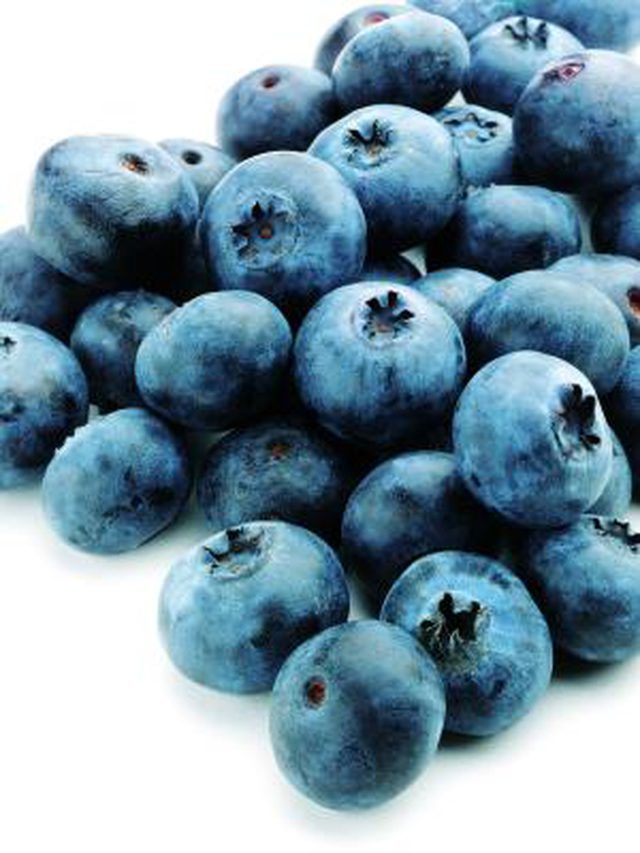Bulbs
Flower Basics
Flower Beds & Specialty Gardens
Flower Garden
Garden Furniture
Garden Gnomes
Garden Seeds
Garden Sheds
Garden Statues
Garden Tools & Supplies
Gardening Basics
Green & Organic
Groundcovers & Vines
Growing Annuals
Growing Basil
Growing Beans
Growing Berries
Growing Blueberries
Growing Cactus
Growing Corn
Growing Cotton
Growing Edibles
Growing Flowers
Growing Garlic
Growing Grapes
Growing Grass
Growing Herbs
Growing Jasmine
Growing Mint
Growing Mushrooms
Orchids
Growing Peanuts
Growing Perennials
Growing Plants
Growing Rosemary
Growing Roses
Growing Strawberries
Growing Sunflowers
Growing Thyme
Growing Tomatoes
Growing Tulips
Growing Vegetables
Herb Basics
Herb Garden
Indoor Growing
Landscaping Basics
Landscaping Patios
Landscaping Plants
Landscaping Shrubs
Landscaping Trees
Landscaping Walks & Pathways
Lawn Basics
Lawn Maintenance
Lawn Mowers
Lawn Ornaments
Lawn Planting
Lawn Tools
Outdoor Growing
Overall Landscape Planning
Pests, Weeds & Problems
Plant Basics
Rock Garden
Rose Garden
Shrubs
Soil
Specialty Gardens
Trees
Vegetable Garden
Yard Maintenance
The Best Time to Plant a Blueberry Bush
The Best Time to Plant a Blueberry Bush. Blueberries are a native fruit of North America. They are a delicious and healthful berry that produces its plump fruit from July to September, depending on the variety of blueberry and where it is grown. They are grown commercially in many states, ranging from Oregon to Florida to Michigan. Most large...
Blueberries are a native fruit of North America. They are a delicious and healthful berry that produces its plump fruit from July to September, depending on the variety of blueberry and where it is grown. They are grown commercially in many states, ranging from Oregon to Florida to Michigan. Most large blueberry farms are in Michigan and New Jersey. Experiments are being conducted at higher elevations on the Big Island of Hawaii, where it is believed this berry might be able to contribute to the island’s agricultural industry. Home gardeners who want to grow blueberries are advised that fall and early spring are the best times to plant a blueberry bush.

The so-called highbush blueberries are recommended for backyard gardens. These highbush varieties are adapted to many climates in the United States, but you must be careful when you select a site for them to grow and you must adhere to the correct cultural practices. If you want to extend your harvest season, you can grow two different varieties that will ripen at different times.
Two varieties that combine highbush and lowbush traits are the Northland and Patriot blueberries. They do well in colder areas that experience below-zero temperatures. If you want to grow a variety that is native to your part of the country, it will be well-adapted to your climate and growing conditions. Check with local nurseries.

Blueberries require soil that is acidic, sandy and that has a good amount of organic content. The organic matter is important because it helps to retain the moisture that blueberries need. You can add peat moss to help introduce more organic matter to your soil. Blueberries do not grow well in heavy soils that do not drain well. Michigan State University's Extension service notes that the water table should be at least 14 to 22 inches beneath the surface of your planting area—this should cause no problems due to standing water. When you water your blueberries, trickle systems or overhead watering systems are both equally effective.

If you have a hillside, this can provide blueberries with the air circulation and water drainage that are conducive to a successful crop. Gentle slopes also are less likely to receive frost damage when blueberries are forming on the bush. The circulation of air also helps to prevent fungal diseases to which blueberries can be subject. According to Michigan State University's Extension, you should avoid low areas that are surrounded by woods or hills because they can produce "frost pockets" that damage blueberries.
Plant blueberries in an area that has acidic soil with a pH between 4.5 and 5.5. Your county extension service can advise you about soil testing and methods of lowering or raising the pH.

Fall and early spring are the best times to plant blueberry bushes in all climate zones. Bare root blueberry bushes do best when you plant them in spring. When you plant in the fall, the root system of your blueberry will continue to grow until temperatures drop below 45 degrees. Be sure to mulch your blueberry bush well, especially if you live where hard frosts or snow occurs. If your area receives spring frosts, wait until the final frost before you plant your blueberry bush. If you have an especially wet spring, wait until the soil dries out a bit before you plant.
If you’re planting more than one bush, allow 4 to 5 feet between plants. If you’re planting only one bush, make sure there are 4 to 5 feet of space between it and other plants or structures. Dig a wide planting hole and set your plant as deep as it was in its pot or growing bag. Mix about 1 pound of moist peat moss with the soil you dug out of the planting hole to help provide the soil acidity your blueberry needs. Water it well and then remove about half of the branches from bare root plants, which will help the root system to be in balance with the aerial part of the plant. Mulch your plant well with sawdust to keep weeds down and contain moisture. Be sure to keep your plant well watered, especially during periods of drought.
Use an acid-reaction fertilizer to keep your soil pH low, which is what blueberries prefer for the best vegetative growth and fruit production.

Do not expect a crop of blueberries during the first 2 years of your plant’s life. When your plant or plants begin producing from early July into September, you can start picking blueberries once each week and continue over the next few weeks, as the berries ripen. When you pick blueberries, remove ripe berries from the plant by gently rolling them between your thumb and forefinger. Leave unripe berries for the next harvest. You will discover many ways to use your blueberries, from muffins to pancakes to pies, and perhaps you’ll invent other recipes when your harvest is abundant.
